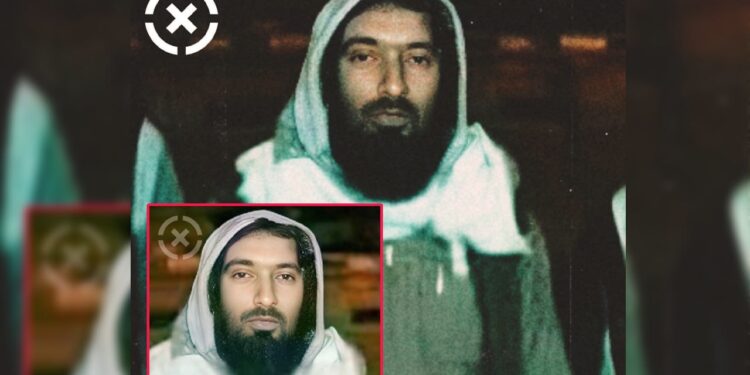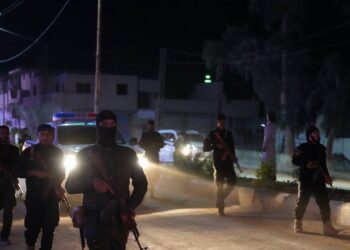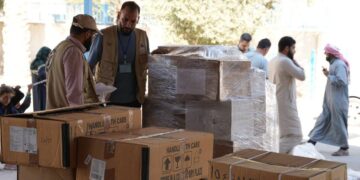This post is also available in:
![]() العربية
العربية
The United States Central Command announced the successful execution of a special operation in the city of Al-Bab, in eastern Aleppo countryside, resulting in the killing of a prominent Daesh leader, Dhia Zoba’a Musleh Al-Hardani, also known as Abu Fatima Al-Hardani, in the early hours of July 24.
The operation, carried out by a U.S. special forces unit, targeted a house inside the city. The raid also led to the death of Al-Hardani’s two sons, Abdullah and Abdul Rahman. According to the official statement, no women or children—six of whom were present at the targeted site were harmed during the operation.
What’s particularly noteworthy is that Al-Hardani had previously been declared killed in a U.S. airstrike in 2017, during his tenure as the “Wali of Al-Bukamal” (governor of the area) under Daesh’s so-called “Wilayat al-Furat” (Euphrates Province). His sudden reappearance in Al-Bab after nearly eight years has renewed attention to the complex networks of fugitive Daesh leaders living under false identities in regions with overlapping local and international influence.
Following the incident, the Association of Families of the Shaitat Massacre Victims issued a statement confirming Al-Hardani’s involvement in the 2014 massacre in eastern Deir Ezzor, where Daesh killed more than 800 civilians from the Shaitat tribe during August and September of that year.
In their statement, the association described Al-Hardani as a senior security official in the group who:
Gave direct orders for executions, Oversaw arrests and looting
Managed the group’s internal security apparatus in the towns of Gharanij, Kishkiyeh, and Abu Hamam.
The group emphasized that bringing Al-Hardani to justice had long been a demand of the victims’ families.












